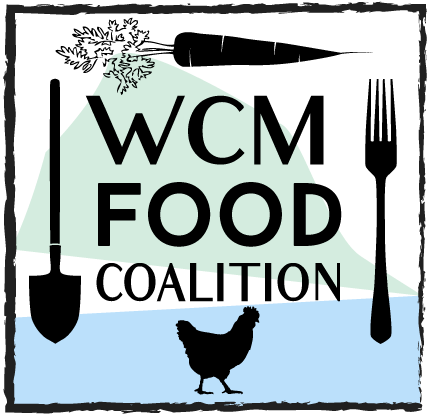There are diverse local crops and livestock options available in the West Central Mountains (WCM). The valley from McCall to Cascade was once referred to as Long Valley and has been used for agricultural purposes for generations. A patron of the Valley County fair recalled his father growing lettuce in Valley County for export to Boise in the 1940’s. Did you know that there was a water powered flour mill at Lardo? The WCM offers a diverse range of niche and specialty meat products including buffalo, yak, and deer. Just outside of the WCM you can find a local producer of elk! For a local listing of farm and ranch properties, check out the USDA webpage or view our directory of local producers. If you have a farm or ranch, please enter your information on the USDA webpage.
Historically agriculture has been, and continues to be, an integral part of Valley County’s economy. The cool climate and short growing season makes this area excellent for greens, cold tolerant crops, and the grazing of livestock. Agriculture has consisted of raising animals and cultivating a variety of crops. “Back then everyone milked cows and had pigs and chickens” (Long Valley Bioregional Atlas, 44). The Atlas goes on to say:
“Some farmers raised goats and sheep as well. Field crops mostly included grains (oats) and grasses (hay). Most farmers grew some produce, but only in small kitchen gardens. Lettuce, peas, and seed potatoes were grown in bulk for a short period of time but failed to be profitable. Commercially-grown produce was never a viable option in Valley County due to the short growing season. It has been said that Valley County is known for having some of the best grass for cattle in the country.”
The WCM can be a challenging climate due to its short growing season, high water table in the spring, and acidic soil. It is important to research the appropriate farming methodology before you begin a farming enterprise in this region. Season extension infrastructure is utilized in the area with hoop houses and greenhouses. Development pressure for the conversion of traditional agricultural lands to housing is taking place since the region has transitioned into a recreation based economy. Organizations such as the Payette Land Trust are working toward the preservation of these historical landscapes.
Support local producers by shopping at the local farmers markets or visiting a you-pick greenhouse at Alpha Nursery. Visit the Access page to learn about accessing local food!
If you are a local producer in the WCM and sell to directly to customers, make sure to list your farm or ranch on the USDA page.
References
Valley County WUI Wildfire Mitigation Plan, 2004, http://www.idl.idaho.gov/nat_fire_plan/county_wui_plans/valley/valley.htm Accessed February 20, 2009.
Interview with Elt Hasbrouck, Local rancher from Cascade. Interviewed at his home on October 18, 2008, pulled from the Long Valley Bioregional Atlas, pg 44.
Long Valley Bioregional Atlas, referenced 3-27-17, file:///C:/Users/Melissa/Downloads/LongValleyAtlas (4).pdf


